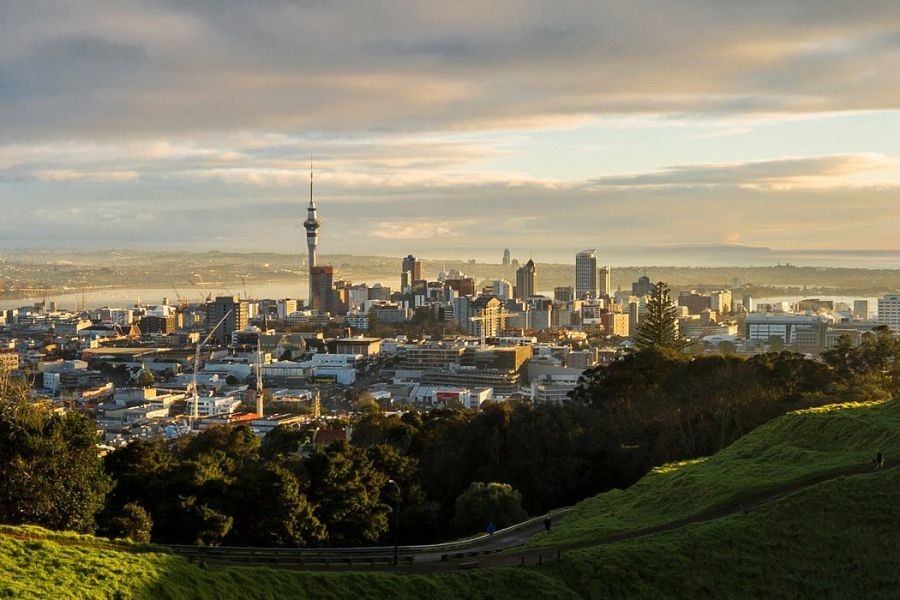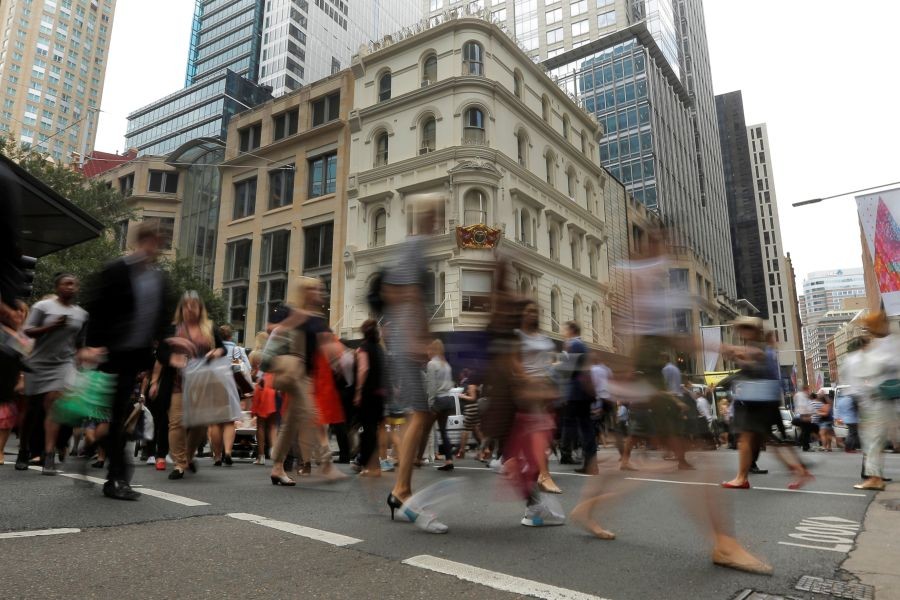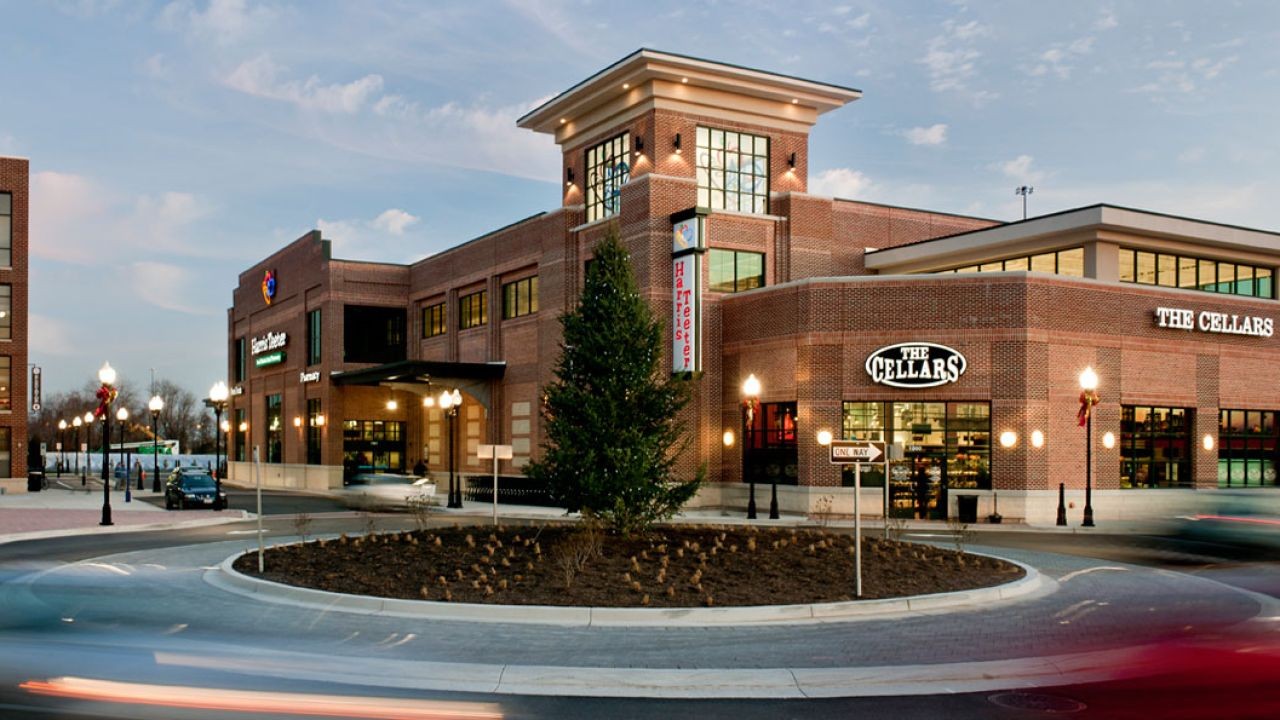New Zealand's cities are often celebrated for their stunning landscapes and vibrant cultural scenes, but behind the beauty lies a complex economic reality. As the cost of living continues to rise across the nation, understanding the nuances of New Zealand's most expensive cities becomes crucial for policy analysts, investors, and residents alike. This article delves into the unexpected factors driving high living costs in these urban centers, backed by data and expert insights.
Understanding the Dynamics of New Zealand's Urban Economies
According to the latest data from Stats NZ, the Consumer Price Index (CPI) in New Zealand has seen a steady increase, reflecting a broader trend of rising living costs. This escalation is particularly pronounced in cities like Auckland and Wellington, where housing, transportation, and everyday expenses are significantly higher than national averages.
Auckland, in particular, serves as an economic powerhouse, contributing nearly 38% of the country's GDP. Its status as a hub for business and culture makes it a magnet for both domestic and international migrants, driving up demand for housing and services. However, this growth is a double-edged sword, contributing to the city's high cost of living. As of 2023, the average house price in Auckland exceeds NZD 1 million, a figure supported by the Real Estate Institute of New Zealand (REINZ).
The Pros and Cons of Living in New Zealand's Expensive Cities
Living in one of New Zealand's pricier urban areas comes with its own set of advantages and disadvantages. Let's explore these aspects in detail.
✅ Pros:
- Economic Opportunities: Cities like Auckland and Wellington offer a plethora of job opportunities across diverse sectors, from technology to finance.
- Cultural and Recreational Amenities: Residents enjoy access to world-class museums, theaters, and recreational facilities, enhancing quality of life.
- Educational Institutions: Top-tier universities and educational institutions attract students globally, making these cities intellectual hubs.
❌ Cons:
- High Housing Costs: The astronomical property prices in these cities can be prohibitive for first-time buyers.
- Traffic Congestion: Rapid urbanization has led to significant traffic congestion, affecting daily commutes.
- Environmental Concerns: Urban sprawl and increased pollution levels pose environmental challenges.
Case Study: Wellington's Resilience Amidst Rising Costs
Wellington, the capital city, offers an intriguing case study in managing living costs. Known for its vibrant arts scene and government presence, the city has managed to balance economic growth with sustainability. A recent initiative by the Wellington City Council focused on affordable housing projects, resulting in a 15% increase in housing availability over the past two years. This approach underscores the importance of strategic urban planning in mitigating the high cost of living.
Data-Driven Insights: The Role of Policy in Economic Disparities
The Reserve Bank of New Zealand's monetary policies have played a pivotal role in shaping the economic landscape of these cities. Low-interest rates, implemented to stimulate the economy, have inadvertently contributed to the housing market boom. As housing affordability becomes a national concern, policymakers are exploring regulatory measures to stabilize prices without stifling growth.
Common Myths and Misconceptions
- Myth: "All New Zealand cities are equally expensive." Reality: While Auckland and Wellington are notably costly, cities like Christchurch and Dunedin offer more affordable living options, as evidenced by regional CPI variations.
- Myth: "Rural areas offer no economic opportunities." Reality: With advancements in technology and remote work, rural areas are becoming viable options for businesses and entrepreneurs.
Future Trends and Predictions
The future of New Zealand's urban economics lies in sustainable development and technological integration. According to a report by MBIE, smart city initiatives and green building practices are expected to drive urban planning strategies over the next decade. By 2030, it is predicted that 50% of new urban developments will incorporate eco-friendly designs, significantly reducing the environmental footprint of these cities.
Conclusion: Navigating the Challenges of Urban Living
Understanding the intricacies of New Zealand's most expensive cities requires a multifaceted approach. While these urban centers offer unparalleled opportunities, the challenges they present cannot be ignored. Policymakers, investors, and residents must work collaboratively to create sustainable solutions that balance economic growth with affordability and quality of life.
What are your thoughts on the future of New Zealand's urban economies? Share your insights in the comments below!
People Also Ask (FAQ)
- How does the cost of living impact businesses in New Zealand? Businesses face increased operational costs, affecting pricing strategies and profit margins, as reported by Stats NZ.
- What are the biggest misconceptions about New Zealand's urban living? Many believe all cities are equally costly, but regional CPI data shows significant variance.
- What are the best strategies for mitigating high living costs? Experts suggest prioritizing affordable housing projects and enhancing public transport systems.
- Who benefits the most from living in expensive cities? Professionals in high-demand sectors, such as technology and finance, benefit from the economic opportunities these cities offer.
Related Search Queries
- New Zealand cost of living 2023
- Auckland housing market trends
- Sustainable urban development in New Zealand
- Wellington affordable housing projects
- New Zealand Consumer Price Index






























